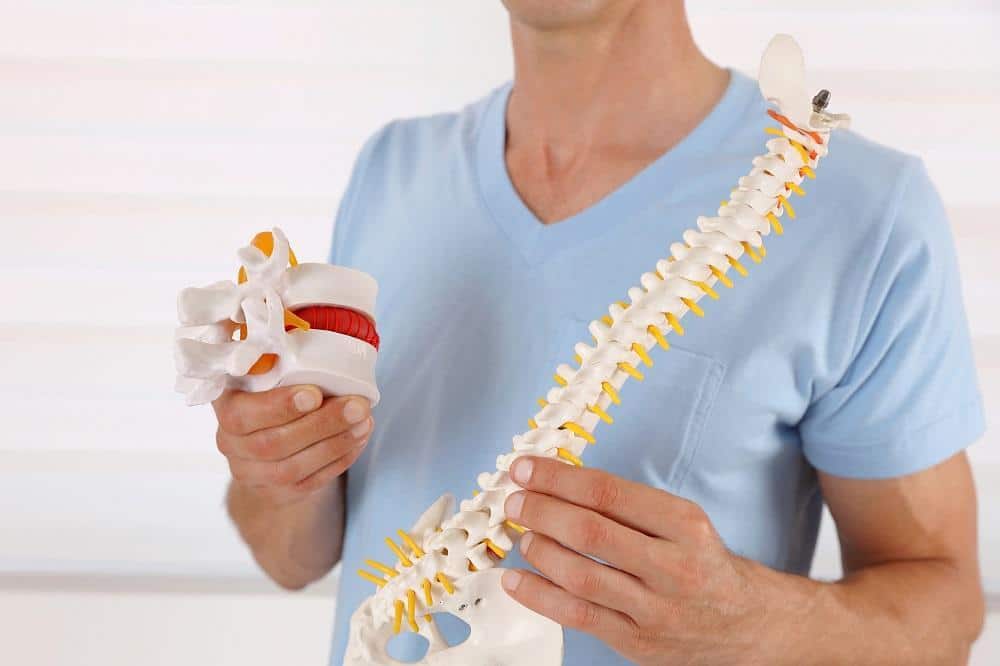A spinal cord stimulator is an advanced treatment option for intractable back or leg pain. If you still have pain after trying every other conservative measure, you may need a spinal cord stimulator trial to determine if it will help.
At Kellogg Brain and Spine, Dr. Jordi Kellogg and his team offer various spine treatments, including a spinal cord stimulator.
Before Dr. Kellogg implants the permanent spinal cord stimulator, you must undergo a trial period to ensure optimal relief before surgery.
Dr. Kellogg is a highly experienced neurosurgeon who provides the facts on the trial period, so you know what to expect going into the procedure.
What is a spinal cord stimulator?
A spinal cord stimulator is an advanced technology device that Dr. Kellogg implants in your body to deliver low levels of electricity to the nerves in your spinal cord, relieving chronic pain.
The spinal cord stimulator has a pulse generator (battery) and thin leads (electrodes) that connect to deliver small electrical shocks to relieve chronic pain.
Dr. Kellogg implants the electrodes into the epidural space in your spine, close to your spinal cord to help with conditions such as chronic back pain and neuropathy.
Once implanted, you control the device with a handheld remote control, allowing you to change the stimulator’s settings when needed.
Why do I need a trial period?
Undergoing spinal cord stimulation surgery is a big deal, and you need the trial period to prepare for the actual implantation if it works. Before the trial, you’ll need to see a psychiatrist, psychologist, and pain management specialist to ensure you’ve exhausted other options.
The trial period is necessary to ensure the stimulator works for your pain. The trial also offers you a close look and feel of what the actual stimulator will be like, without undergoing surgery.
To move forward with the permanent spinal cord stimulator, Dr. Kellogg wants to see at least a 50% reduction in your pain during the trial period.
If you don’t have a significant change in your pain, Dr. Kellogg discusses other treatment options with you. However, he will schedule the permanent procedure if you have pain relief.
What to expect during the trial
When you come in for your trial spinal cord stimulator appointment, you’ll change into a gown and meet with Dr. Kellogg before returning to the procedure room. You may need an IV if you’re having sedation during the procedure.
Once you’re in the treatment room, we have you lie on the table on your stomach and get you in a comfortable position. Dr. Kellogg numbs the area in your back with a local anesthetic to make the procedure more comfortable.
When he’s ready, you may or may not receive mild sedation. Dr. Kellogg finds the correct area in your spine using a particular type of X-ray called fluoroscopy.
Dr. Kellogg inserts a small needle into the affected area of your spine, which goes into the epidural space. He then advances the electrodes into the space and asks you if the device covers your area of pain.
He then attaches the electrodes to the pulse generator outside your body and secures them with tape. The pulse generator is also secured with tape.
You’ll have time to recover before you go home, and Dr. Kellogg explains how to use the device during the next five to seven days of the trial.
You should use the device as much as possible over the next few days to determine if you get significant pain relief from the spinal cord stimulator.
To find out more about spinal cord stimulation, don’t hesitate to call one of our offices in Oregon today to book a consultation, or request an appointment with Dr. Kellogg on our website.


